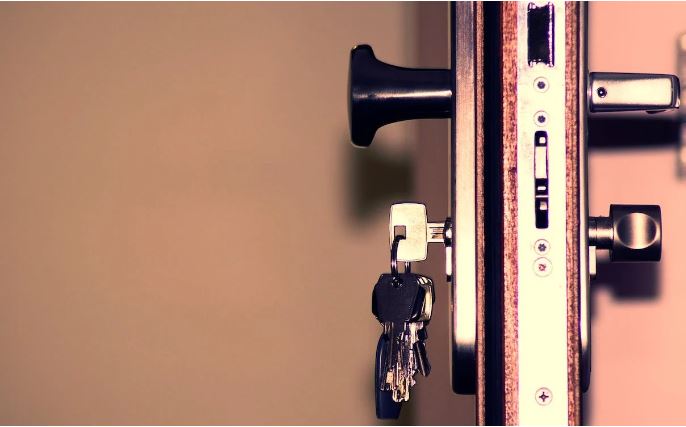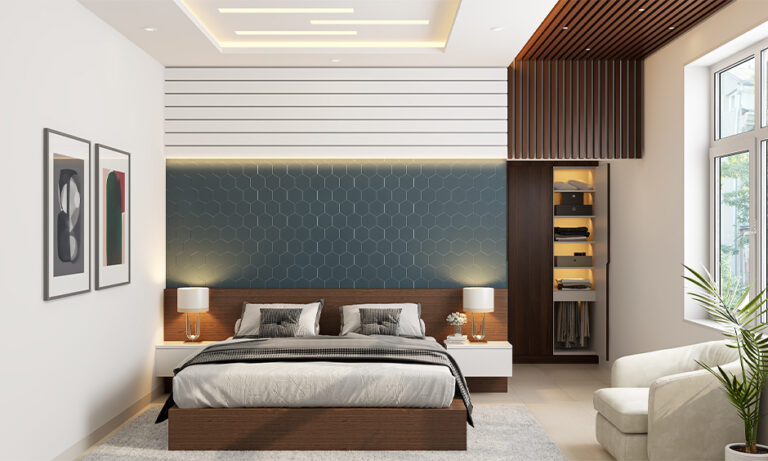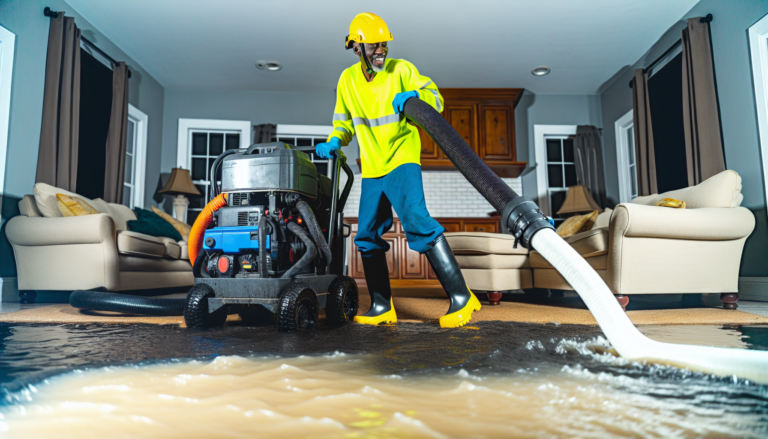The Basic Home Security Checklist Every Home Needs

In today’s world, where security concerns are increasingly at the forefront of homeowners’ minds, taking proactive steps to safeguard your home is more important than ever. While high-tech solutions often grab headlines, the foundation of home security lies in basic, practical measures. This blog post will explore a comprehensive home security checklist that every homeowner should consider. This checklist will enhance your home’s security and provide peace of mind, knowing you’ve taken essential steps to protect your home and loved ones.
The Essentials of Home Security
Before diving into the specifics, it’s vital to understand that home security is a multi-faceted concept. It’s not just about installing alarms or cameras; it involves a holistic approach that combines physical security measures, technological solutions, and habitual practices. This comprehensive approach ensures a robust defense against potential intrusions or security breaches.
Complete Guide by Alarm Grid
For a detailed understanding of some of these technological solutions, particularly focusing on alarm window contacts, consider exploring the complete guide by Alarm Grid. This resource provides an in-depth look at how window contacts can be critical to your home security strategy.
Physical Security Measures
Secure the Doors
When securing your home, the doors demand primary attention. The exterior doors should be made of solid materials like metal-clad or solid wood, as they are more resistant to forceful entry than their hollow counterparts. Adding deadbolts to your door security setup significantly enhances safety, as these locks are harder to tamper with than standard latch locks.
Incorporating smart locks is a modern and efficient way to bolster security. These locks offer keyless entry, remote access, and the ability to monitor who enters and exits. Additionally, reinforcing the door frames and hinges with steel plates can prevent them from being kicked in. Installing a wide-angle peephole or a smart doorbell camera is recommended for identification and security. These devices allow homeowners to safely identify visitors before opening the door.
Window Locks and Alarms
Windows, especially those not in plain sight, are frequent targets for break-ins. Upgrading to sturdy locks on all windows is a basic yet effective security measure. Beyond standard locks, installing window sensors can significantly enhance security. These sensors can detect when a window is opened or shattered, providing an immediate alert.
For added protection, consider applying security films to your windows. These films make the glass more resistant to breaking. Installing bars or grilles can be an effective deterrent in areas where window security needs to be more robust, such as ground-level or basement windows.
Lighting
Lighting plays a crucial role in deterring potential intruders. Adequate outdoor lighting ensures no dark areas for burglars to hide. Motion-sensor lights are particularly effective in this regard. They activate when movement is detected, startling intruders and alerting the residents.
In addition to motion-sensor lights, incorporating timed or automated lighting systems can further enhance security. These systems can be programmed to switch lights on and off at specific times, creating the illusion of occupancy even when the house is empty. This is a simple yet effective strategy to deter potential break-ins.
Secure the Garage
Garages are often overlooked regarding home security, yet they can be an easy entry point for intruders. Ensuring your garage doors are sturdy and have a robust locking mechanism is essential. This includes the main garage door and any side or internal doors leading into the home.
For enhanced security, consider adding extra locks or a garage door opener with rolling codes that change every time the opener is used. Regular maintenance and inspections can also ensure that the garage doors remain in good working condition, free from vulnerabilities that an intruder could exploit.
Technological Solutions
- Home Security System: Install a reliable home security system with door and window sensors, motion detectors, and a central monitoring system.
- Surveillance Cameras: Consider installing surveillance cameras around the perimeter of your home. Smart cameras with mobile app integration can offer real-time monitoring.
- Home Automation: Smart home devices can enhance security. Automated lights, security systems, and cameras can be controlled remotely, adding an extra layer of protection.
Habitual Practices
Regular Maintenance
Regularly check and maintain locks, alarms, and other security equipment.
Neighborhood Watch
Participate in or form a neighborhood watch program. Community vigilance can be a powerful crime deterrent.
Safety Habits
Develop safety habits like locking doors and windows, not leaving spare keys outside, and being mindful of what you share on social media about your whereabouts.
Additional Security Tips
- Fire Safety: Install smoke detectors and have fire extinguishers accessible.
- Emergency Plan: Have a family emergency plan in case of break-ins, fires, or natural disasters.
- Valuables Safety: Keep valuables in a safe or safety deposit box and avoid leaving expensive items in plain sight.
Conclusion
Securing your home doesn’t necessarily require expensive gadgets or complex installations. Often, it’s about applying basic, common-sense measures and adopting a comprehensive approach to security. Following the checklist outlined above can significantly enhance your home’s safety and deter potential intruders. Remember, the goal is to create layers of security that make your home a less attractive target. With diligent effort and regular maintenance, you can achieve a secure and peaceful living environment for you and your family.




